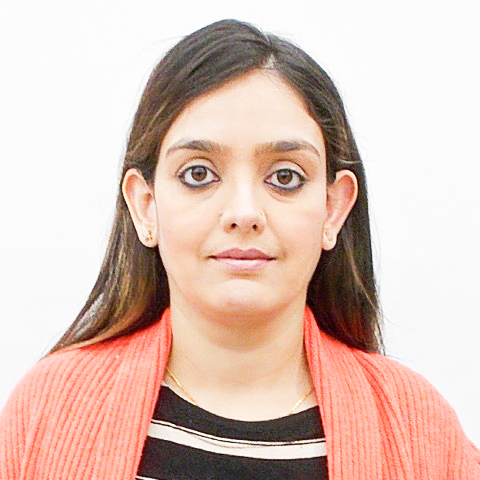Assessment of Clinical Outcomes
(TC33) Clinical Outcomes of Multimodal Irrigation in Root Canal Therapy: A Literature Review and Comparative Analysis of GentleWave, Laser-Activated Irrigation, and Conventional Syringe Irrigation Systems

Parul Verma, D.D.S.
Dr. Associate Dentist
Rochester, New York, United States- RT
Radhika Thakkar, B.D.S., M.P.H.
Dr./ Assistant professor
Eastman Institute of Oral Health
Rochester, New York, United States
Presenter(s)
Co-Author(s)
Objective:
This literature review compares the clinical efficacy of three endodontic irrigation systems—GentleWave (GW), Er, Cr: YSGG laser-activated irrigation (LAI/Waterlase), and conventional syringe irrigation (CSI)—in root canal therapy. It evaluates the effectiveness of these systems in biofilm removal, smear layer elimination, and pain reduction, focusing on studies involving complex root canal anatomies, chronic apical periodontitis, and infections with resistant bacteria.
Methods:
A review of ten clinical and in vitro studies was conducted to assess the disinfection performance, bacterial load reduction, smear layer clearance, and postoperative pain outcomes associated with GW, LAI, and CSI. Key metrics include bacterial reduction percentages, canal cleanliness at coronal, mid-root, and apical levels, risks of apical extrusion, and patient-reported pain scores.
Results:
Findings show that GentleWave achieves superior cleanliness, with a cumulative healing rate of 97.3% at 12 months and reduced postoperative pain, thanks to its negative-pressure irrigation that minimizes apical extrusion. LAI reduced Enterococcus faecalis by 99.7%, excelling in smear layer removal, particularly in coronal and mid-root regions, though it is less effective apically compared to GW.
Conclusion:
This review suggests GentleWave offers significant benefits for disinfection and pain management, particularly in complex cases, through its multisonic and negative-pressure technology. LAI provides strong bactericidal action but is less effective apically. CSI is best suited for simpler anatomies but less effective in complex cases. These findings underscore the importance of irrigation modality selection in optimizing clinical outcomes in endodontic treatment.

.png)
.png)
.png)
.png)